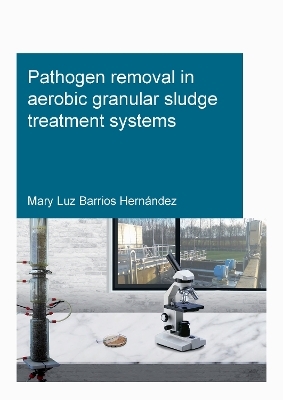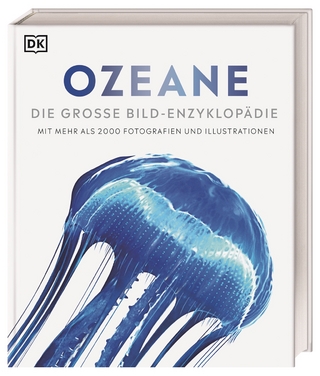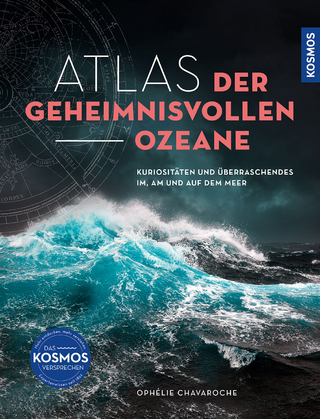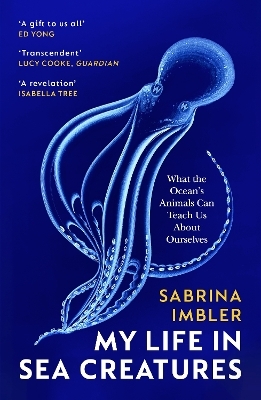
Pathogen removal in aerobic granular sludge treatment systems
CRC Press (Verlag)
978-1-032-13948-7 (ISBN)
This book describes pathogen removal processes in aerobic granular sludge (AGS) wastewater treatment systems. Faecal indicators (E. coli, Enterococci, coliforms and bacteriophages) were tracked in full-scale AGS facilities and compared to parallel activated sludge (CAS) systems. AGS showed similar removals as the more complex CAS configurations. Removal mechanisms investigated in laboratory-scale reactors showed that the AGS morphology contributes to the removal processes. By tracking E. coli and MS2, it was observed that organisms not attached to the granules are predated by protozoa during aeration. 18S RNA gene analyses confirmed the occurrence of bacterivorous organisms (e.g., Epistylis, Vorticella, Rhogostoma) in the system. Particulate material in the feeding stimulated their development, and a protozoa bloom arose when co-treating with (synthetic) faecal sludge (4 % v/v). An overview of the diverse eukaryotic community in laboratory reactors and real-life applications is also provided. The microbial diversity of the influent was different compared to AGS and CAS sludge samples. However, no clear differences were found between them on species level. This study contributes to a better understanding of the mechanisms behind pathogen removals in AGS systems.
Mary Luz Barrios-Hernandez received her BS in Environmental Engineering from the Technological Institute of Costa Rica (TEC) in 2011. There she worked as a lecturer and researcher at the Environmental Protection Research Centre (CIPA) of the School of Chemistry in on-site sanitation-related projects (2012-2014). She obtained her MSc in Urban Water Sanitation at UNESCO-IHE (2016) where she participated in the development of a microwave-based technology for faecal sludge sanitation. She obtained her doctoral degree at IHE Delft and Delft University of Technology (TU-Delft). Her research focused on faecal indicator removal mechanisms involving aerobic granular sludge (AGS) systems. She is interested on biological wastewater treatment systems for organic matter, nutrient and pathogen removal, including faecal sludge treatment and decentralized sanitation. She has experience with bacterial and viral indicators, identifying microbial communities with molecular techniques including FISH, qPCR and next-generation sequencing (16S and 18S rRNA genes), and with optical, fluorescence and scanning electron microscopy (SEM).
Summary, Introduction, Faecal indicators removals in full-scale AGS and CAS systems, Unravelling the removal mechanisms of faecal indicators in AGS systems, Co-treatment of synthetic faecal sludge and wastewater in an AGS system, Eukaryotic community characterisation by 18s rRNA gene sequencing analysis in full-scale AGS systems , Outlook and conclusions, References, About the author
| Erscheinungsdatum | 15.02.2022 |
|---|---|
| Reihe/Serie | IHE Delft PhD Thesis Series |
| Verlagsort | London |
| Sprache | englisch |
| Maße | 170 x 240 mm |
| Gewicht | 285 g |
| Themenwelt | Naturwissenschaften ► Geowissenschaften ► Hydrologie / Ozeanografie |
| Technik ► Umwelttechnik / Biotechnologie | |
| ISBN-10 | 1-032-13948-X / 103213948X |
| ISBN-13 | 978-1-032-13948-7 / 9781032139487 |
| Zustand | Neuware |
| Haben Sie eine Frage zum Produkt? |
aus dem Bereich


